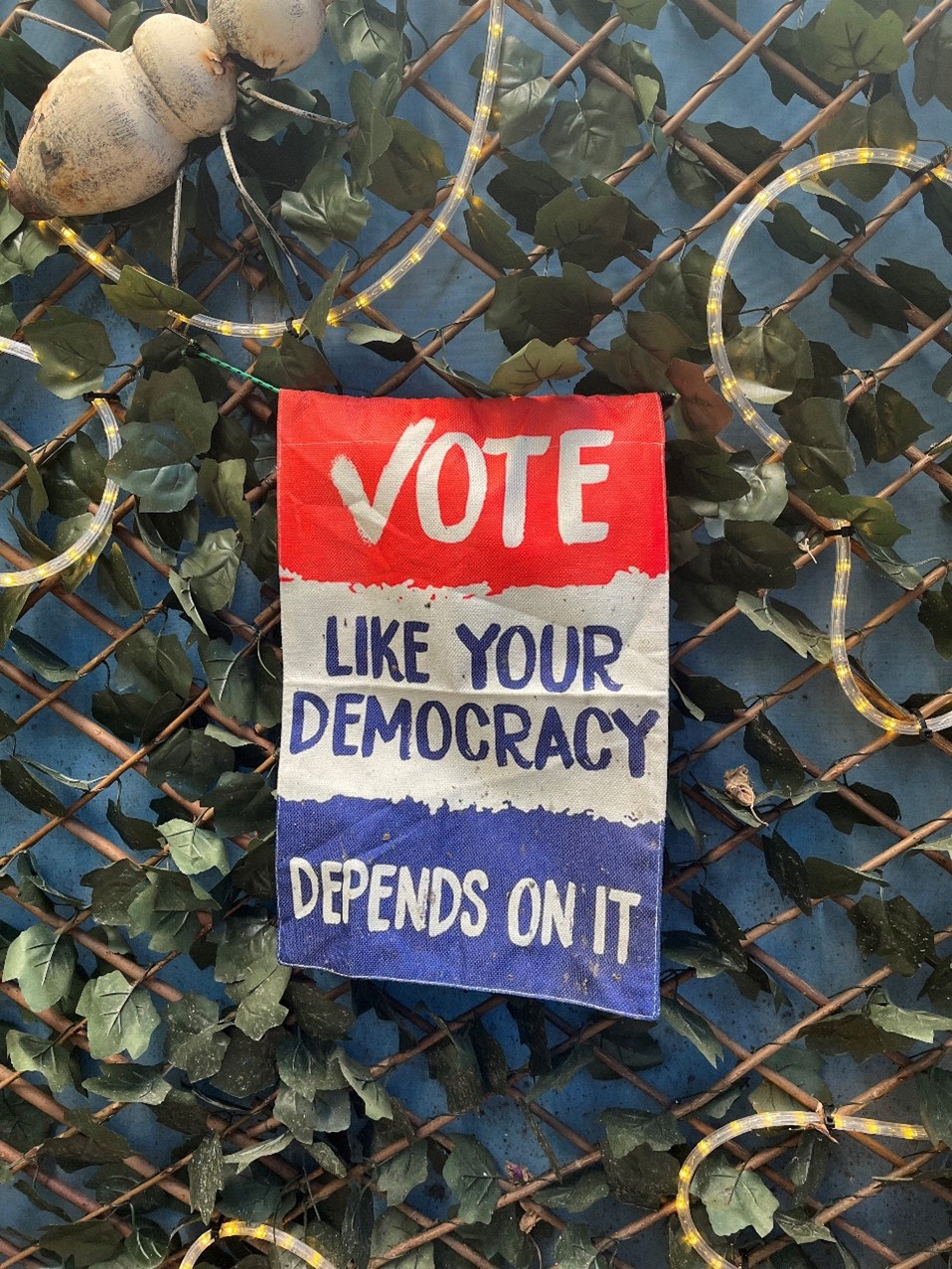Dr Susan Kenyon is just back from Philadelphia, ‘the city of brotherly love’. Here are her reflections on what she saw and heard.
Some of you will know Philadelphia from 3 movies, 2 sitcoms, or a sandwich.
Those of us who follow American politics – and if you are reading this blog, I know that’s you! – know that Philadelphia and its state, Pennsylvania, have been and remain the most consequential city and state in US and, therefore, world politics.
I was overwhelmed to see the room where the Declaration of Independence and the U.S. Constitution were both signed. And I was equally thrilled to experience the excitement of being in the city at the time of the first (and possibly only) Presidential candidates’ debate, between Kamala Harris and Donald Trump.
Pennsylvania is a swing state. This means that, unlike in most US states, the vote between the two candidates is very close. Whoever wins in Pennsylvania is likely to win the Presidency.
Being in the state allowed me to see the stark differences between how America and the UK ‘do’ democracy.
The most noticeable difference is in the volume of advertising. Across all the television channels that I saw, advertising breaks were dominated by messages from political action committees. In the street, on posters, electronic message boards, clothing, it was impossible to escape paid-for advertising – and a fair amount of non-paid-for advertising, too.
I felt that I was swimming in the election. I wonder how much these adverts cut through and influence, increasing democratic participation, or if they contribute to voter fatigue and America’s chronically low voter turnout?
My second observation is about the cost of this advertising. Observers estimate that it costs $1 billion dollars to run for President and that the 2024 election cycle will cost $16 billion. How democratic is this? What does this mean for equal participation in government?
Finally, I was shocked by the negativity. After five days, from advertising and news broadcasts, I learnt nothing about what candidates would do. I only knew what their opponents wanted me to fear they would do. How does this negativity and lack of information affect democratic participation and informed choices?
As I teach our students, democracy can be interpreted and operationalised in many different ways and, as many politicians and scholars before me have highlighted, it is imperfect and flawed. But what is the alternative? How can we make democracy better, for all?
You can see why Philadelphia was the perfect city to host the American Political Science Association conference (APSA). I was honoured to be invited by Professor Rob McMonagle of Neumann University to run a workshop on how we teach Politics and Global Sustainability here at CCCU.
Our workshop combined my CDIO-inspired active, design-build-test learning approach with Rob’s use of value line debates. Our participants took part in an experiment, to see if a new way of teaching, which we termed ‘Conceive-Design-Debate’, could inspire our students to engage in a positive learning experience, increasing the graduate employability and academic attainment.
I’ll write more about that in a future blog but – spoiler alert! – I am happy to report that they believed it can!
Dr Susan Kenyon is a Principal Lecturer in Politics at Canterbury Christ Church University.
Photo credit: © Susan Kenyon 2024.
 Politics
Politics Laura Cashman
Laura Cashman 927
927


